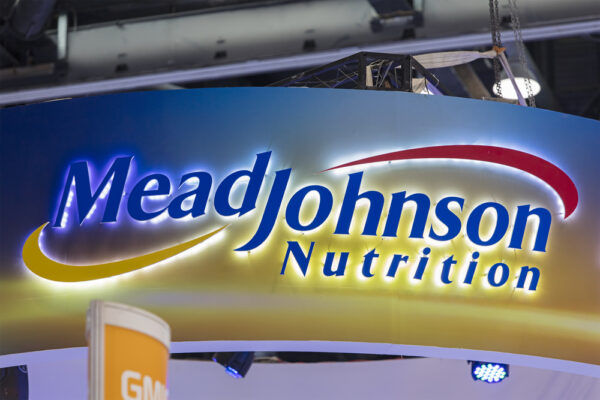The 1950s was the golden age of plastics and polypropylene (PP) was used extensively in consumer products, including automotive components, carpets, clothing and structural foam. In the 1960s, the polymer plastic used in surgical mesh switched to polypropylene (PP), developed by Phillips Petroleum. PP resin pellets are made into mesh threads and, because of its low cost, PP has become the world’s second-most widely produced petroleum-based plastic after polyethylene.
Using PP, Johnson & Johnson created the Prolene Polypropylene Hernia System, using a nonabsorbable polypropylene filament. Polypropylene was thought to offer a superior advantage over a simple suture traditionally used to repair hernias, and is just the latest in an evolution of hernia repair materials which, at one time, included stainless steel, Polyester, Dacron, Teflon and Marlex, another PP.
So whether mesh is used for pelvic or hernia repair, most mesh is made of polypropylene—yet, over the years, manufacturers have gotten creative. Pig skin (porcine) or cow (bovine) materials have been used alone or incorporated with polypropylene. Dermal mesh, made from cadavers, has also been employed.
The use of a bi-layered polypropylene mesh for inguinal hernia repair began twenty years ago. C-Qur meshes are made by Atrium Medical and include an Omega 3 fatty acid layer, derived from fish oil, placed over polypropylene. It is promoted as offering better incorporation into the body but instead, the Omega 3 coating has been found to prevent incorporation and can cause an intense inflammatory and chronic foreign body response, including damage to the surrounding tissue.
Infection, organ perforation, and chronic pain have been associated with an Atrium C-Qur hernia mesh implant. Since the fish oil coating is not applied uniformly, it can cause the mesh to roll, curl and deform. Multidistrict litigation involving C-Qur hernia mesh has formed in New Hampshire. Meanwhile, in October, 2018, Atrium Medical sold its entire hernia mesh line of C-Qur to SeCQURE Surgical. The C-Qur hernia mesh trials should begin to be heard in early 2020.
Another coated mesh, Physiomesh, is a synthetic hernia mesh designed, manufactured and sold by Ethicon, a division of Johnson & Johnson. It is composed of five distinct layers, two layers of Monocryl (polyglecaprone-25) film covered by two layers of PDS (polydioxanone) film which coats the PP mesh. Unfortunately “new” and “innovative” does not necessarily mean safer. Ethicon promised doctors using the multi-layer coating could minimize adhesions and inflammation while the mesh incorporated with the body. Instead, at least 10 deaths have been associated with Johnson & Johnson’s Physiomesh hernia repair mesh, according to Device Events. They all involved infection, bacterial, fungal or viral infections of the bloodstream. When that evolves into severe septic shock, it is difficult for the patient to improve.
It’s estimated 300,000 patient were implanted with Physiomesh before it was removed from the market on May 27, 2016. Two registries, one from Holland and another from Denmark, had demonstrated higher than normal complication rates with significant injuries. Ethicon withdrew Physiomesh Flexible Composite hernia mesh from the market voluntarily, meaning the company has an option to reintroduce the same product after some tweaks. The Judicial Panel on Multidistrict Litigation began consolidating cases over Physiomesh injuries in the Northern District of Georgia in May 2017, while New Jersey State Court is the home of cases against Johnson & Johnson. Physiomesh cases should begin to be heard in September of 2019.

Jane Akre is an American journalist based in Florida. In 1997, she was fired from a Fox News while working at a Fox affiliate in Tampa for refusing to include knowingly false information in a report on the safety of a product produced by the Monsanto Corporation. Currently, she is the National News Editor for the Mesh News Desk (MND)—an online news source that covers the complications associated with surgical meshes. Through such reporting, MND looks to put a face on adverse events that affect everyday people.













Comments for this article are closed.